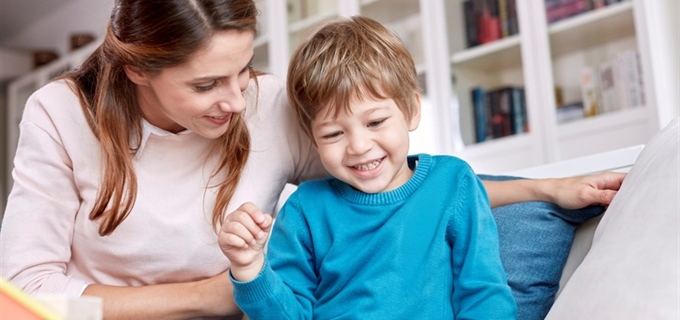Search for a doctor or hospital in your network.


Search for a doctor or hospital in your network.

Get News & Updates Directly To Your Inbox
 Paying attention, sitting still and curbing urges are good skills for children to learn. But those things are hard for children with Attention-Deficit/Hyperactivity Disorder (ADHD).
Paying attention, sitting still and curbing urges are good skills for children to learn. But those things are hard for children with Attention-Deficit/Hyperactivity Disorder (ADHD).Some signs of the disorder are:
For children with ADHD, these behaviors happen more often than what is considered normal for children their age. Some children with ADHD only have problems with attention, while others deal only with hyperactivity and impulsivity. Most have problems with all three.
Talk to your doctor if you have concerns about ADHD. There is no single test for it, but a full evaluation will help with treatment. Children with ADHD can thrive, but diagnosis and knowing how best to treat it are critical, says the National Resource Center on ADHD. ![]() Treatment choices include:
Treatment choices include:
Treatment must be monitored. Long-term monitoring is vital to successfully handling ADHD. Studies show that children with ADHD who stop treatment are at a greater risk for more serious problems later. Other steps to take may involve parent and child training, school programs that support kids with ADHD and family therapy.
Adults can also have ADHD. The National Institute of Mental Health ![]() says adults can organize their life by:
says adults can organize their life by:
Originally published 9/4/2019; Revised 2022, 2024
Blue Cross and Blue Shield of Montana, a Division of Health Care Service Corporation,
a Mutual Legal Reserve Company, an Independent Licensee of the Blue Cross and Blue Shield Association
© Copyright 2026 Health Care Service Corporation. All Rights Reserved.
Verint is an operating division of Verint Americas, Inc., an independent company that provides and hosts an online community platform for blogging and access to social media for Blue Cross and Blue Shield of Montana.
![]() File is in portable document format (PDF). To view this file, you may need to install a PDF reader program. Most PDF readers are a free download. One option is Adobe® Reader® which has a built-in screen reader. Other Adobe accessibility tools and information can be downloaded at https://www.adobe.com/trust/accessibility.html.
File is in portable document format (PDF). To view this file, you may need to install a PDF reader program. Most PDF readers are a free download. One option is Adobe® Reader® which has a built-in screen reader. Other Adobe accessibility tools and information can be downloaded at https://www.adobe.com/trust/accessibility.html. ![]()
![]() You are leaving this website/app ("site"). This new site may be offered by a vendor or an independent third party. The site may also contain non-Medicare related information. Some sites may require you to agree to their terms of use and privacy policy.
You are leaving this website/app ("site"). This new site may be offered by a vendor or an independent third party. The site may also contain non-Medicare related information. Some sites may require you to agree to their terms of use and privacy policy.
Powered by Verint